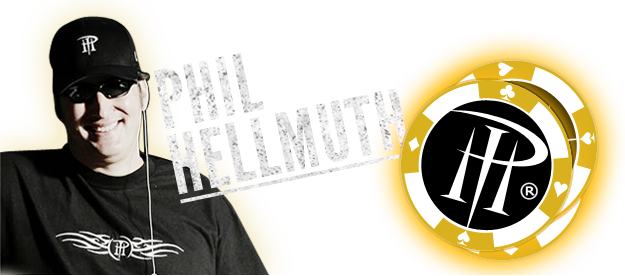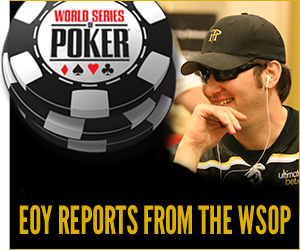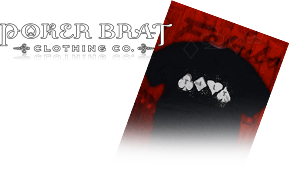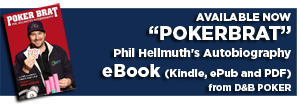-
Youth is Served — With a “False Tell”
This week, I’m staying in London playing in, and commentating for, the European Open IV. Since I finished second in my six-player heat, I found myself in the booth doing the commentary for the final. I needed a win to make the championship round. The six-player EO IV final included 19-year-old sensation Annette Obrestad (who won the World Series of Poker Europe and $2 million at age 18), Nick “The Detective” Slade, 2007 Premier League winner Juha Helppi, Craig Burgess, Ian “The Raiser” Frazer and Josh Tyler. In this format, each arrived at the finals with their chip count from the semis, and Frazer had more than $400,000, compared to $100,000 for Slade and Burgess.
Slade played an aggressive final, and moved up in chips quickly. Slade looked brilliant and idiotic with A-8. First, he looked smart when he raised it up with A-8. Obrestad reraised with J-4, and Slade moved all-in and won the pot uncontested. An hour later, however, Slade looked foolish when he raised it up with A-8. Tyler reraised with Q-Q, and Slade moved all-in for a huge amount. Although Slade put it all-in as a two-and-a-half-to-one underdog, he came out smelling like a rose when the board came down 8-6-4-A-K. In fact, that was Slade’s only bad play of the day. I think Slade realized he had made a mistake, and afterward, he played brilliantly.
The real drama occurred later and involved Obrestad and Slade. First, Slade bluffed out $50,000 with 9-7 and a board of 5-5-2-J-3, and Obrestad showed us why she has been discussed ever since she won her first million dollars online in the Nordics at age 17 when she called with A-7 high. Obrestad’s reads were “spot on” for the next two hours — including when she made a great call against Frazer to take the chip lead. Obrestad called Frazer down with A-8 (that hand again) on a board of A-10-9-3-5, while Frazer — with 4-4 — bet big on the flop, the turn and the river. On camera, I said, “If she calls here on the end, she will win the tournament.” She called, and then continued to cruise, as did Slade, until the climactic hand of the tournament finally arrived.
With four remaining players and the blinds at $10,000 to $20,000, Slade opened for $60,000 with A-K, Burgess folded and then Obrestad moved all-in for $479,000 with J-7 off suit. Slade called immediately, and Obrestad hit the door when the board came down K-9-4-4-6. It is important to note that Burgess and Frazer had less than $100,000 apiece in chips. What happened in this spectacular hand? First off, I hate the fact that Obrestad didn’t wait before she moved all-in. Why not let the short stacks (Frazer and Burgess) bust themselves? I believe it would have been easy for her to finish in second place had she remained patient. (FYI: Prizes were $200,000 for first, $100,000 for second, $50,000 for third and only $40,000 for fourth.)
As to Slade’s opening bet of $60,000, that was the right amount, but the brilliance of his play was the “false tell” that he sent to Obrestad. He bet the chips the exact same way that he had when he bluffed earlier with the 9-7 and she had called with ace high (A-7). Slade pushed the chips onto the same spot on the table; he made the same hand and face motions; he made the chips fall over each other in the same way. He basically induced Obrestad to make a big bluff. He sent a signal to her brain that he was weak. Remember that Obrestad is only 19 and hasn’t been playing in the real world all that long. She obviously has great instincts, but the great players can use your instincts against you sometimes.
Regardless, I did not like Obrestad’s bet of $479,000. If you’re going to make a bluff, you can usually achieve the same result by raising it up a smaller amount — in this case, say, $120,000. And then when Slade moves all-in, you can surrender your $180,000 ($60,000 plus $120,000) and save your remaining $300,000 to fight another day. I believe that if Slade were weak, he would have folded for $180,000, just like he would have folded for $479,000. So Obrestad didn’t need to risk the whole $479,000.
Later, in the parking lot, Slade told me he knew that Obrestad was reading him well and targeting his raises, and that’s why he waited until the right moment to create a false tell and induce her to bluff. Obrestad is a huge talent and may well become one of the greatest poker players ever, but she’s not there quite yet.
Related Posts
- Trust Your Instincts
- Sully’s Bad Beat – And His Cool Tattoo
- Shak Fires the Third Bullet
- Managing Fatigue Reduces Bad Reads, Sloppy Bets, and Losses
- Hello, Old Friend
- At Bay 101, a Bad Play and a Bad Beat
- All Poker All the Time
- LA Story: And Then There Were Six
- Good Read, Bad Outcome
- Another Late-Night Poker Gambit
Recent Posts
- WSOPE 2nd place finish
- Update from this years WSOP 2019
- Happy Holidays! Updated stock at Poker Brat, new book!
- Phil Hellmuth wins historic 15th World Championship!
- Final golden ticket winner coming soon
- Poker Brat – The Phil Hellmuth Jr. Autobiography
- Phil Hellmuth’s “Pokerbrat” – Coming soon to audio book!
- Poker Night in America – Sugar House Casino
- Sugar House w Matt Glantz
- Lost and found

 ™
™








